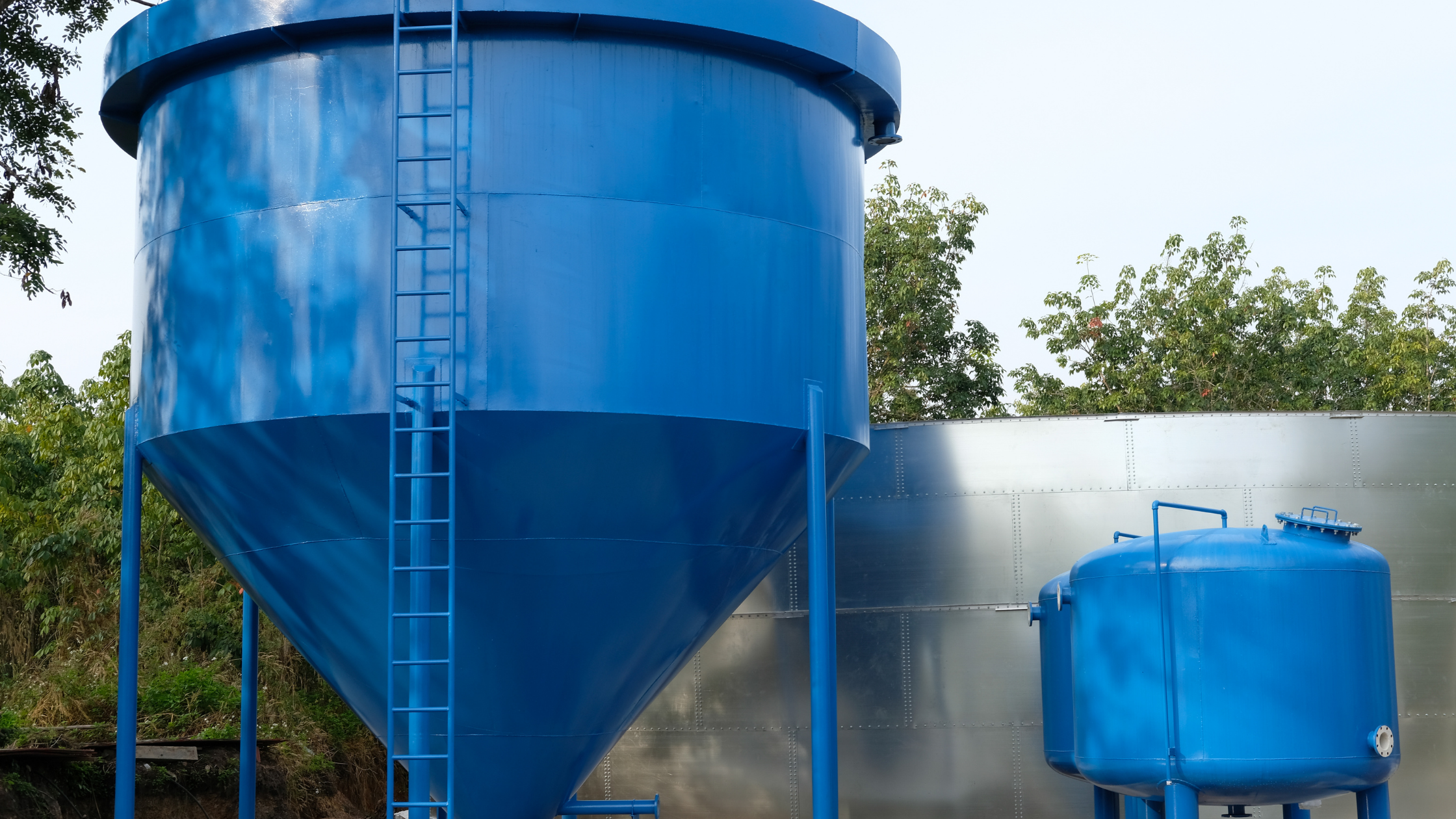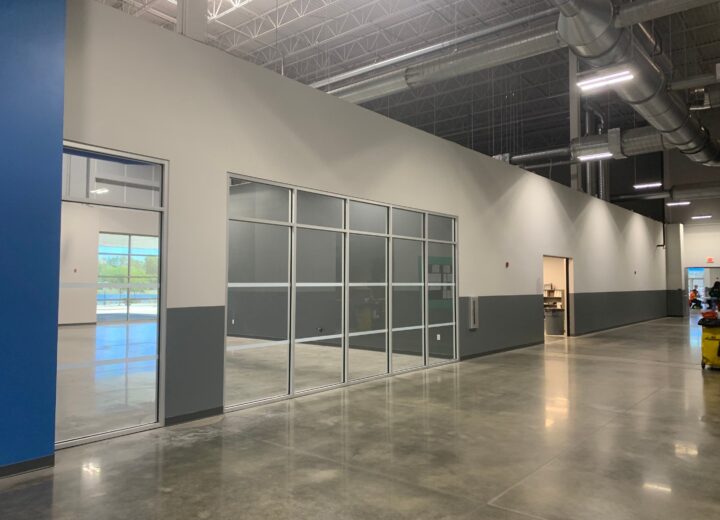 Water tanks can exhibit a variety of performance characteristics based on their size, design, and the material of their construction. Selecting the right tank also helps ensure many years of service through easier maintenance.
Water tanks can exhibit a variety of performance characteristics based on their size, design, and the material of their construction. Selecting the right tank also helps ensure many years of service through easier maintenance.
Whether in a commercial, industrial, or agricultural setting, the majority of large-scale water storage tanks are made from either steel or concrete. Either option ensures they are compatible with a variety of protective coatings. Coatings, in turn, can enhance tank suitability for the long term.
Water Tank Selection for Your Water Distribution System
Choosing the right tank is critical for a variety of reasons:
-
The right water tank is a more efficient point of distribution and helps the system to save water
-
Water tank painting depends upon proper tank selection in both coating choice and application
-
Tanks must be optimized to the environmental stresses they face, determined in part by position
The main types of water tank are:
1. Ground Storage Water Tanks
Despite the name, ground storage tanks can be installed either above ground or below. They provide large volumes of storage to service the needs of peak-day water demand in lieu of the source of supply. For example, a well may not be designed to provide for high volume need for a long period of time.
Weather conditions, especially drought, can lengthen peak demand periods. Likewise, other types of temporary disasters or emergencies may cause multiple peak demand periods throughout the day depending on the needs of the community. Ground storage tanks help water systems adapt to temporary changes.
Often, water must be pumped from the ground storage tank to an elevated storage tank in order to provide the right degree of uniform water pressure to the distribution infrastructure. Ground storage tanks may contribute to pressure if they are placed on hills or near the location of the distribution system.
Ground storage tanks are typically the least expensive option. Water tank painting can help reduce the overall cost of ownership. Concrete is the material of choice for below ground construction because there is no risk of corrosion. Plus, the water tank can support the surrounding earth even when it is empty.
2. Hydropneumatic Water Tanks
Water tank painting in hydropneumatic systems can serve both maintenance and aesthetic purposes. These tanks are used to provide pressure to small water systems that service the public, such as resorts, mobile home or RV parks, and very small communities. They usually have insufficient volume for fire protection.
Pressurized air provides the system head in a hydropneumatic tank. It delivers a difference in high and low pressure areas of about 20 PSI. Tank contents are generally two-thirds water and one-third air when filled to capacity. Thus, if the average operating pressure of the system is measured at 40 PSI, then it would range to 50 PSI at high levels and 30 PSI at lower levels. Unusual readings indicate a problem with the tank.
Before water tank painting any hydropneumatic tank, be sure that it meets the standards of the American Society of Mechanical Engineers (ASME) for pressure-rated tanks. Tanks that do not meet these quality standards for any reason are more prone to leakage or other failures.
3. Elevated Water Tanks
Elevated water tanks are commonly composed of welded, bolted, or riveted steel. Wooden tanks still exist in some areas, but are being phased out – they are the least amenable to water tank painting of any modern tank. Elevated water tanks can use legs, standpipes, single pedestals, or be supported in other ways.
4. Stand Pipes
Stand pipes take the form of ground storage tanks constructed to a height that allows proper system pressure. They feature a constant diameter at all heights and are filled 100% with water. However, only the upper volume may be used while still retaining pressure. Prior to water tank painting a stand pipe system, be mindful of the safety considerations in coating equipment of this height and how weather conditions may affect application.
5. Leg-Supported Tanks
Leg-supported tanks are used in cold climates because they are better protected from freeze than stand pipes. The structural system of legs makes water tank painting more complex and potentially more hazardous. Special care must be taken in coating the central support structure, as it usually contains the riser pipe.
6. Single Pedestal Tanks
A single pedestal tank has lower cost of ownership than leg-supported tanks. Water tank painting is easier because there is only one central support structure, which contains both the riser pipe and the access ladder.
Commercial painting contractors can help you with anti-corrosion coating or other advanced coating options like waterproofing. Cleaning methods like abrasive blasting are also available. When coating choices are aligned with tank material and environment, your water tank is more likely to perform as expected for years to come.






